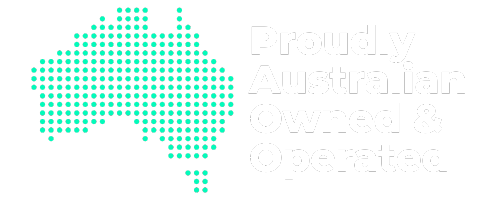Business is personal, and when it comes to personal branding, the right angle and messaging will have your products selling themselves.
Your personal identity and the way you portray yourself can be leveraged to aid in business growth, but it’s not just about slapping your face on billboards everywhere. Personal branding is how you promote yourself, where you promote yourself, what you say, what message you send, your tone and your content. Twenty years ago, your business card was the extent of it, but now, your personal brand extends across digital and social media, print marketing, your personal relationships; every single touch point known to man.
Your personal brand is your business personality, and while it’s a good thing that you have countless avenues to create it, it’s also something to be mindful of when you’re taking to social media on your personal account to make a statement. Here’s what you need to know about personal branding…
What is personal branding?
Your personal branding is everything, everywhere. it includes your unique skills, your qualifications, your personality, the people you surround yourself with or hire, your marketing assets, the look and feel of your website, your tweets, your values, your wardrobe… right down to the card stock of your business card and the colours of your logo. Every decision you make about your business and the public side to your personal life, shapes your personal branding.
Why is personal branding important?
You might not consider yourself an ‘influencer’, but you can use your personal brand to influence people. With a strong personal brand, you’ll be able to shape the image of your business and build your personal profile, positioning your name at the top of the game. Personal branding can make or break your business, so it’s important to take it seriously.
How do I develop a strong personal brand?
Creating a strong personal branding strategy will help drive business growth, and it’ll draw potential customers and clients into your mission.
- Create a consistent colour and design theme and stick to it.
- Find your point of difference, and make it clear.
- Write a personal branding statement that sums up your vision.
- Define your tone of voice and use it across your website, your marketing collateral, your personal interactions, your social media profiles, and anywhere your business is represented.
- Build your personal brand and influence by association, and involve yourself in events, business opportunities, or personal pursuits that reflect your values.




